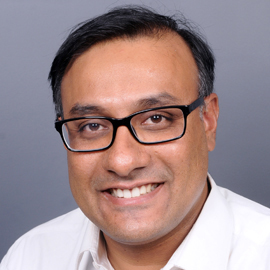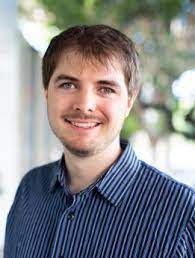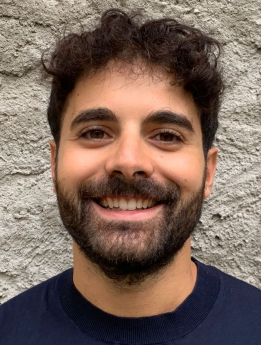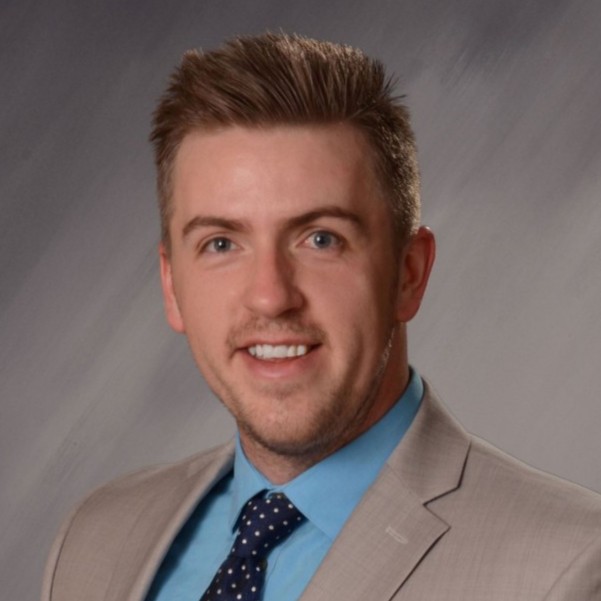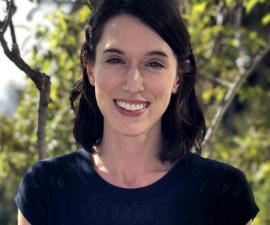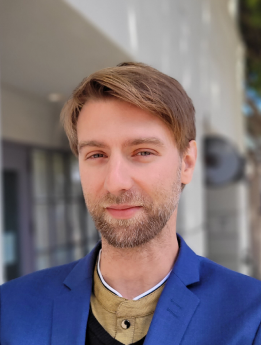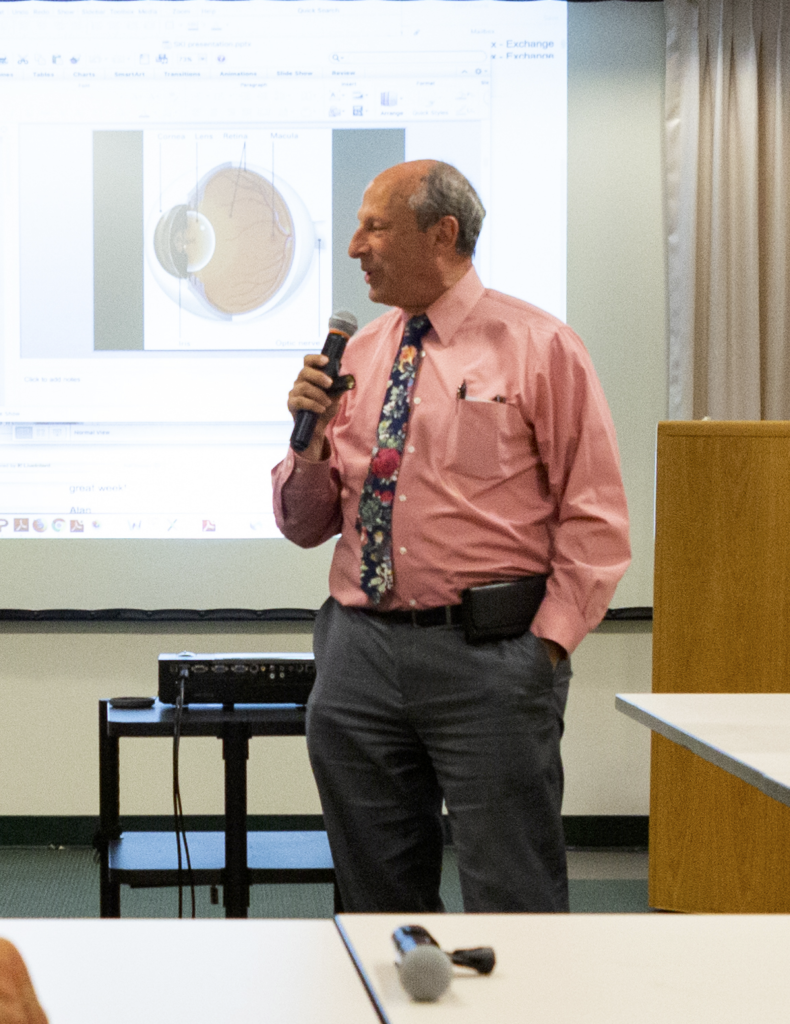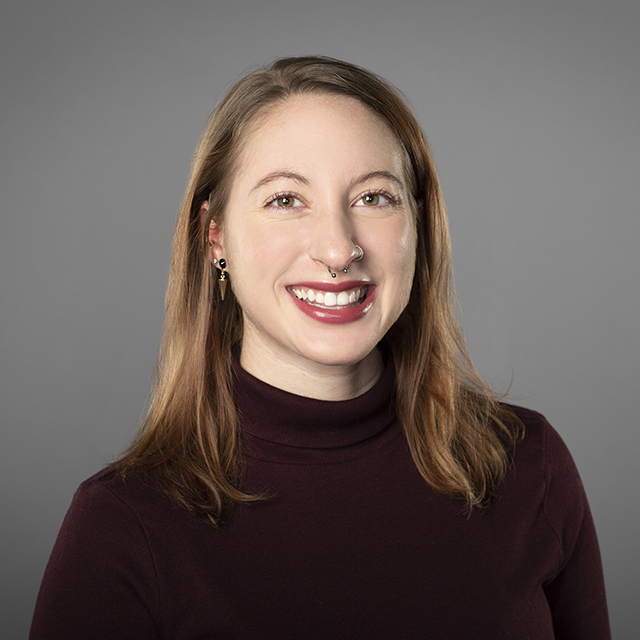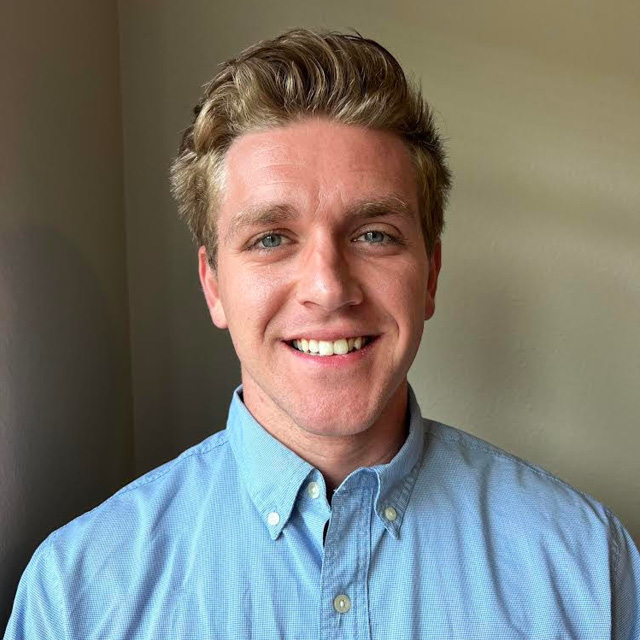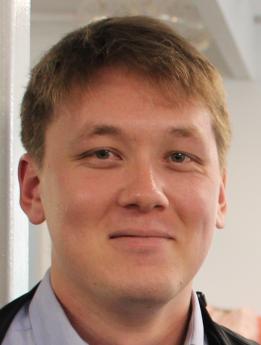Movement is ubiquitous in everyday life, and accounting for our physical position as we move through the world is a constant process. Over the lifespan, experience in estimating one’s position accumulates, and the nervous system’s representation of this prior experience is thought to inform current perception of spatial orientation. Broadly, spatial orientation perception is a multimodal sensory process. The nervous system rapidly monitors, interprets, and integrates sensory information from various sources in an efficient, statistically optimal manner to estimate an organism’s position in its environment. In humans, key information in this process comes from the visual and vestibular systems, which use head-based sense organs. While statistics of natural visual and vestibular stimuli have been characterized, unconstrained head movement and position, which may drive correlated dynamics across these head-based senses in the real world, have not. Furthermore, head-based sensory cues essential to human spatial orientation perception, like estimation of one’s head orientation relative to gravity and heading (the direction of linear-velocity in a head-based coordinate system), have not been robustly measured in unconstrained, natural behaviors. Measurement of these head-based sensory cues in naturalistic settings, even if incomplete, will likely comprise a portion of the behaviors that make up ones’ total prior experience, and the quantitative characteristics of these behaviors may explain previously observed patterns of bias in verticality and heading perception. In this brown bag, I will discuss methods of motion tracking in and out of the lab, my previous work to characterize natural statistics of head orientation and heading over 50 hours of human activity using these methods, work to use these natural statistics to constrain Bayesian models of sensory processing, and future research and applications that might leverage these data and approaches. Christian Sinnott | Smith-Kettlewell (ski.org)
